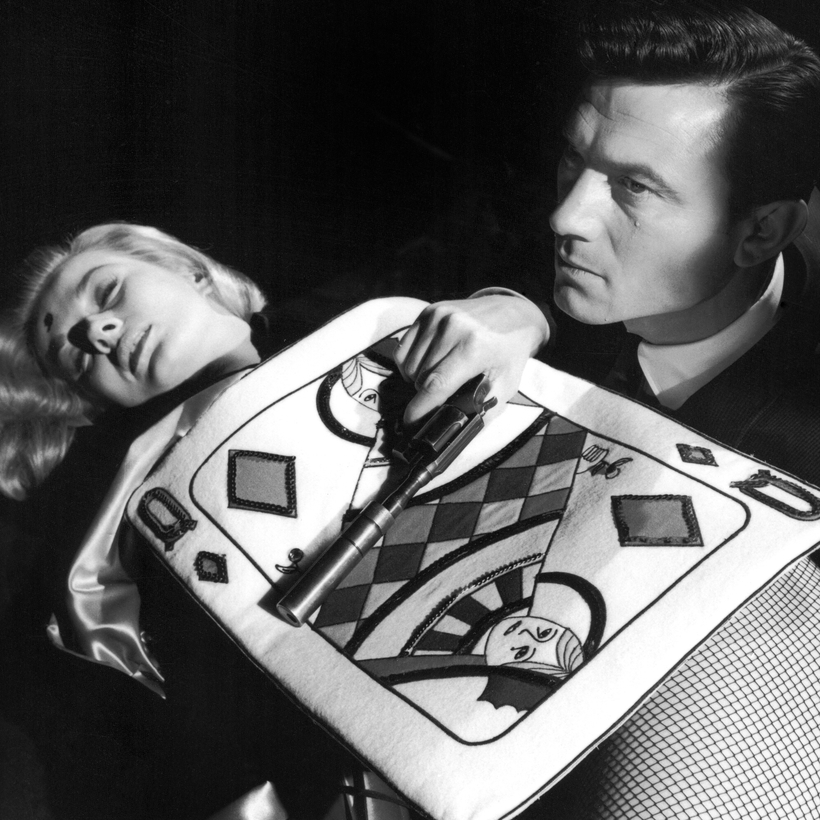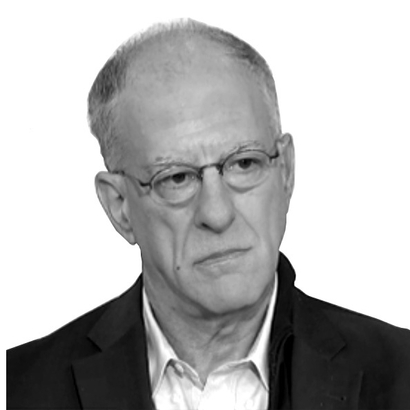Louis Menand, the New Yorker critic and Harvard professor, has written a history of ideas and culture during the Cold War decades that is somehow missing an arm and a leg, but has everything else, unto 800 pages, which adds up to a perplexing achievement, encyclopedic in its reach, heroic in its research, lucid, readable, and frustrating. The missing limbs consist of the Cold War itself and the Soviet oppressions and dynamism that were its fundamental cause, which are topics that Menand seems fairly avid to avoid, except in a number of opening passages and some dismissive comments on writers in the Western countries who, back in the day, did want to contemplate the tragedies of the East. But he happily discusses an extraordinary number of other themes, political, philosophical, literary, and musical. He does it well, too. Louis Menand is, after all, a mighty polymath. He is a formidable explicator of complexities. And he is an amusing writer, wry, sly, and humane.
Twenty years ago, he brought out a study of American intellectuals of the late 19th century and after titled The Metaphysical Club, in which, by recounting the careers and disputations of perhaps a half-dozen very clever and learned persons, he described the emergence of the distinctive philosophical doctrine called “pragmatism” and its influence on modern thinking. The Metaphysical Club was a marvelous book. It won the Pulitzer Prize. And in The Free World, Menand deploys the same multi-biographical narrative technique, except on an epic scale, by assembling many dozens of thinkers and artists from the Cold War era, mostly American, but also French and British, and sending them rolling by, as if on parade floats.
Here, seated at his desk in the State Department, comes George Kennan, the coolheaded theoretician of America’s Cold War foreign policy, together with Hans Morgenthau, the international-relations scholar, who lent academic weight to Kennan’s instincts; followed by George Orwell, whose responses to oppression tended to be somewhat hotter; and by Hannah Arendt, who harbored worries of her own in her tiny Upper West Side émigré’s apartment. Jackson Pollock and his drip paintings roll by, along with the Partisan Review art critics (a strong chapter). Here are the existentialists of France, the Beat writers, the feminist writers, Elvis Presley (the weakest chapter), the warring film critics (the strongest chapter), the avant-garde publishers, and the literary theoreticians. And here come Richard Wright and James Baldwin and the international Black literary scene in Paris, with student leftists of the 1960s bringing up the rear.
Menand deploys the same multi-biographical narrative technique, except on an epic scale, by assembling many dozens of thinkers and artists from the Cold War era and sending them rolling by, as if on parade floats.
Only, a doctrine that appears to have escaped its cage in The Metaphysical Club runs amok in The Free World and, from time to time, lops off something crucial. The pragmatist philosophers wanted to discipline their thinking by distinguishing between things that can be described as hard realities and things that might be regarded as extraneous. But that was an idea about how to think, and not what to think. Menand, in writing about the Cold War decades, makes the mistake of supposing that what can be discussed in relatively cool and scientific tones counts as hard reality, and what can be discussed only in a more emotional language can be usefully ignored, or, as it were, amputated. This leads him to lop off the exuberance of the Abstract Expressionists and the rock ’n’ rollers in favor of, respectively, aesthetic discipline and commerce. He gives us John Cage (a major figure in The Free World) and Jacques Derrida without the millenarian sparkle.
But chiefly Menand lops off the literature of social protest, in its principal version of those days. This was the angry literature of the Eastern Bloc dissidents, who brought the news of mass suffering and death to the world and, in that fashion, defined the moral dimension of the larger Cold War conflict. He prefers to regard the conflict as something of an international-relations battle between imperial systems, which was Kennan’s “realist” interpretation. Menand makes a case for the “realist” interpretation, too, by bringing his history to an end mostly in the period around 1968, when the United States was disgracing itself criminally in Vietnam, and the C.I.A. was disgracing American culture with secret subsidies for intellectual magazines and student organizations, in scenes suggesting that, between the rival imperial systems, there was never much of a choice, after all. But in this fashion, he lops off the Cold War’s actual conclusion. This, it might dimly be recalled, was brought about a couple of decades later by the largest political revolution in the history of the world, amid astonishing Eastern Bloc outbreaks of popular enthusiasm for American and American-influenced culture and political principles—in plain indication that sometimes a hatred of the iron heel and a yearning for democratic freedoms and ideals do count for something, and maybe had done so all along.
One of the many shrewd sections of The Free World discusses the subtle calculations of the New Yorker magazine editors over the decades, who have wanted to reassure their status-anxious readers and educate them at the same time. These were, in Menand’s analysis, commercial calculations, or, at least, partly so: “The purpose of a magazine’s editorial content is the same as the purpose of a television show’s entertainment content: it is to pick out a demographic for advertisers.” The film criticism of Pauline Kael, brilliant but anti-theoretical, fit the formula. Menand refrains from commenting on a hyper-detailed style of reporting that has sometimes resulted from those same calculations. And yet, The Free World is an example of that kind of reporting: precise and informative in its tiny foreground brush strokes, and blithely unconcerned with the larger fuzzy background. Does a penchant for that sort of detail and fuzziness represent a holdover from Cold War times, when people were too frightened to hazard larger judgments? Or is aversion to the big picture the intellectual style of our own time? My head is swimming after hundreds of pages of Menand’s alternately exciting and exasperating detail work, and I cannot answer that question.
Paul Berman is the author of several books, including A Tale of Two Utopias: The Political Journey of the Generation of 1968


